 |
Hazard Communication Basic |
1.00 |
This course covers the basics when it comes to hazard communication. The topics will range from the Hazard Communication Standard to the labeling of hazardous materials. |
 |
Effective Communication with Children and Youth |
2.00 |
We are constantly communicating with the children and youth in our program through our words and actions. It's important for program staff to think critically about their communication skills and habits in order to communicate effectively. During this course, participants will learn about effective and dynamic communication tools, strategies to check for understanding, and activities that engage children and youth in communication. |
 |
Quality Management: Customer Orientation (Instructor Guide) |
0.75 |
Customer orientation is an organizational mindset in which meeting the needs of the customer becomes an organization’s focus. Customer orientation is an important aspect of quality management because it ensures customer satisfaction by integrating the customer’s needs into strategic planning, product development, and product delivery.
There are three components that comprise customer orientation: awareness of the market, communication of market intelligence to the entire organization, and initiatives to make use of the market intelligence.
This Instructor's Edition of this course includes notes and suggestions to assist you in presenting the material, whether in an in-person classroom setting or as an instructor-led online or distance-learning course. It also provides you with the answers to questions found in mid-lesson activities, as well as in the quiz that concludes the course. |
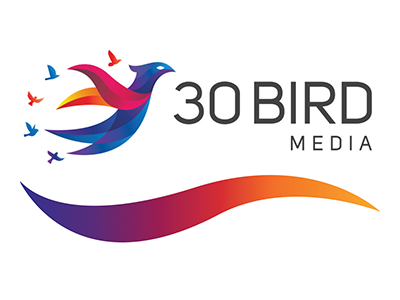 |
Microsoft Excel 2019 Complete |
24.00 |
Excel 2019 Complete provides the concepts and skills to be productive with Microsoft Excel 2019, starting with fundamentals and working up to advanced tools and techniques. This course maps to the objectives of the Microsoft Office Specialist and Expert exams for Excel 2019. Objective coverage is marked throughout the course, and you can download an objective map from 30bird.com.
Students will benefit most from this course if they want to use Excel 2019 to perform real-world tasks, from common workplace tasks to complex operations with large amounts of data. If students intend to take a Microsoft Office Specialist or Expert exam for Excel, this course offers complete coverage of all the objectives for both exams.
The course assumes students know how to use a computer, and that they're familiar with Microsoft Windows. It does not assume that they've used a different version of Excel or another spreadsheet program before. |
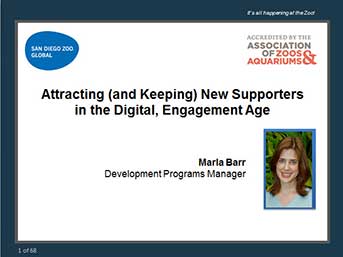 |
Attracting (and Keeping) New Supporters in the Digital, Engagement Age |
1.00 |
There are more non-profits in the market every day, but less donors. Is this a recipe for disaster, or an opportunity for us to transform what donor acquisition, retention and stewardship look like in our digital age? Join us during this 60 minute webinar to learn what innovative donor engagement in 2013 looks like by walking through some of the San Diego Zoo Global's recent digital campaign hits and misses to see how you can help your organization rise above this changing donor landscape. |
 |
Environmental Systems |
2.00 |
Many of the animals exhibited in zoos and aquariums have very specific environmental requirements that must be met in order to support the life form and better ensure its welfare. This course will explore the unique biological, physiological, and welfare requirements of several varied types of animals; their unique requirements; and the implications for the provision of these requirements. |
 |
Egress, Fire Prevention, & Fire Protection |
0.65 |
In this course, participants will learn about escape routes and exits, emergency action plans, fire prevention plans, fires, fire extinguishers, and workplace fire prevention tips. |
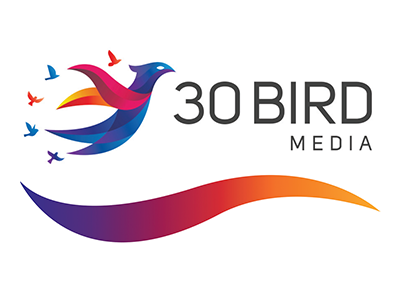 |
CWNP Certified Wireless Specialist - Exam CWS-101 |
8.00 |
Certified Wireless Specialist - Exam CWS-101 covers the fundamentals Wireless Fidelity (Wi-Fi) technologies for wireless communications. The student will learn the basics of how Radio Frequencies (RF) are utilized by Wi-Fi with hardware and software to create wireless local area networks (WLANs). Upon completion of this course, the student will have the knowledge required for the CWS-101 exam and CWS certification.
This vendor neutral course assumes that the student has a basic knowledge of using wireless computing devices and wireless networks. The exam objectives are marked throughout the course, with applicable acronym and objective indexes. |
 |
Managing Performance: Performance Improvements (Instructor Guide) |
1.34 |
In this course you will learn to: plan performance improvements, handle performance problems, and use effective communication to solve performance problems, conduct status meetings, and maintain documentation of ongoing communication. |
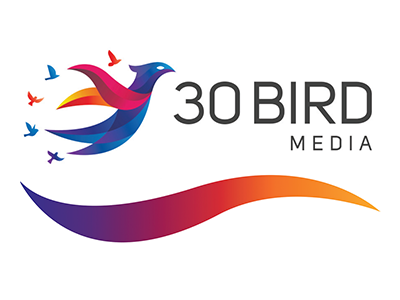 |
CompTIA A+ Core 2 220-1102 Exam Prep |
1.00 |
Exam Prep to accompany 30 Bird's CompTIA A+ Certification, Core 2 - Exam 220-1102 course. |
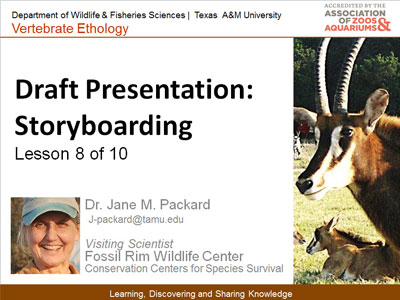 |
Draft Presentation: Storyboard of Results |
1.00 |
Your boss has asked you to present the results of your behavioral inquiry at a staff meeting. How do you tell the story of your project, providing enough detail so they will understand, but not too much so they will be able to focus on how this relates to the decision at hand? Listen to a research team present their draft presentation and offer suggestions about how this could be improved to enhance communication. Pick up some creative tips and offer a few of your own. |
 |
Transition Planning: Preparing Students with IEPs for Life After High School |
1.00 |
This course covers transition planning for paraprofessionals and teachers. Transition planning is a process that supports movement from school to post-school activities for a student with a disability. It’s a set of coordinated activities focused on improving the academic and functional achievement of the student as they move into various post-secondary vocational and educational settings. |
 |
Remote Learning in a Tiered Behavior Framework |
1.00 |
This course covers implementing strategies for remote learning in a tiered behavior framework. A different setting for learning requires adaptations to instruction, engagement, and response to students. School and family partnerships lay the foundation for supporting students in a Multi-Tiered System of Support (MTSS). |
 |
Advanced Interpersonal Communication: Customers and Vendors (Instructor Guide) |
0.50 |
Your customers include anyone who uses your company or organization to obtain goods and services. Customers might be internal or external. An internal customer is a member of your organization and can be a supervisor, colleague, or subordinate. An external customer is someone from outside your organization. Each customer is of equal importance, regardless of the amount of business that customer provides to your organization. You should provide the same level of quality goods and services all your customers, and all are equally deserving of efficient and effective communication.
In this course you will learn: to respond to customers’ complaints, and to reject a vendor’s contract without rejecting the vendor, and address a complaint to a vendor.
This Instructor's Edition of this course includes notes and suggestions to assist you in presenting the material, whether in an in-person classroom setting or as an instructor-led online or distance-learning course. It also provides you with the answers to questions found in mid-lesson activities, as well as in the quiz that concludes the course. |
 |
The Stages of Escalation and How to Manage Them |
1.00 |
We know that the most effective learning is relationally based. The same is true when we intervene with students in crisis: the deeper we’ve established relationships with students, the more power we have to guide them to calm and safety. Crisis situations can leave a wake of difficult thoughts and feelings. Students and teachers can feel lingering shame, anger, fear and confusion for days—even weeks or months—after a traumatic event. The good news is that crisis situations do not have to be harmful to a relationship, and in fact, they can serve as a doorway to deeper trust, intimacy, and respect. |
 |
Reducing Foodborne Illness Risk Factors in Food Service and Retail Establishments |
0.50 |
This course covers different risk factors that are insufficiently controlled in institutions, retail food, and restaurants. Recommendations to help these places control these risk factors are also given. |
 |
Project Teams: Projects and Project Teams (Instructor Guide) |
1.00 |
A project is a task or a group of tasks with a distinct beginning and end that is undertaken to create a unique product or service. A project must have defined objectives to clearly indicate when the project is complete. In addition, a project must have a clear end user who will use or benefit from the product or service produced by the project team.
When an organization develops temporary needs that are outside the scope of individual employees’ responsibilities, it often forms project teams to address these issues. As a manager, it is your responsibility to recognize the need for a project team, determine the type of team required for the project, and assign employees to the team.
In this course you will learn to: identify the phases and requirements of a successful project, and build and organize a project team and avoid pitfalls in project teams.
This Instructor's Edition of this course includes notes and suggestions to assist you in presenting the material, whether in an in-person classroom setting, or as an instructor-led online or distance-learning course. It also provides you with the answers to questions found in mid-lesson activities, as well as in the quiz that concludes the course. |
 |
Expedition Ocean: Module 1 Teacher Version |
1.00 |
|
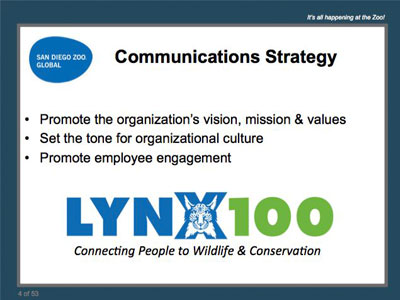 |
Creating a World Famous Employee Communications Strategy |
1.00 |
In recent years, San Diego Zoo Global's Internal Communications programs have been nationally recognized for excellence in outstanding employee communications. During this webinar, you will hear best practices from a seasoned pro at employee communications - covering latest trends, social media, employee forums, electronic newsletters, and creation of a cutting edge intranet for your organization. You will not want to miss this one...
|
 |
ROAR: How to Build a Resilient Organization the World-Famous San Diego Zoo Way |
0.75 |
Roar: How to Build a Resilient Organization the World-Famous San Diego Zoo Way shows leaders at any level how to unleash the full potential of their teams to create lasting organizational resiliency rivaling that of the world-famous San Diego Zoo. It will show how the Zoo’s operating organization, San Diego Zoo Global, has utilized a set of innovative programs to create its team of exceptional leaders and engaged employees who have engendered its amazing accomplishments.
Featuring real-world stories, best practices, and specific strategies based on 100 years of exceptional leadership, this unique and valuable resource will help organizations of any size and focus to master winds of change, overcome stress and adversity, thrive in times of chaos, and constant in pursuit of their vision, and accomplish extraordinary things. |
 |
Business Ethics: Ethical Decisions (Instructor Guide) |
1.67 |
In this course you will learn to: define business ethics, describe how to balance personal values and organizational ethics, and identify common ethical dilemmas and their causes, and describe the DECISIONS method of making ethical decisions and identify the barriers to making such decisions. |
 |
Emergency Protocols for School Settings |
1.25 |
This course will take you through various topics related to emergency protocols in schools. You will learn how an Emergency Operations Plan is created and implemented. This course will help you understand your role in supporting before, during, and after school threats and hazards. This course will also explain the various assessments schools use to determine which threats and hazards are necessary to prepare for, how to collaborate with local and state organizations, and what items are necessary to include in an Emergency Operations Plan. |
 |
Conducting Meetings: Communicating Nonverbally (Instructor Guide) |
0.50 |
Individuals are always sending messages, unconsciously or consciously, through nonverbal communication. When verbal and nonverbal communication contradicts one another, nonverbal cues are usually believed. Therefore, it is important that you understand what different types of nonverbal communication can mean, and how these messages can influence the productivity of your meetings.
Learning Objectives: Identify the different ways nonverbal messages can be sent. Interpret nonverbal communication and identify the steps to improve nonverbal communication.
This Instructor's Edition of this course includes notes and suggestions to assist you in presenting the material, whether in an in-person classroom setting, or as an instructor-led online or distance-learning course. It also provides you with the answers to questions found in mid-lesson activities, as well as in the quiz that concludes the course. |
 |
Implicit Bias (Corrections) |
1.00 |
In this course, you’ll learn about implicit biases that happen despite our best intentions. After completing this course, you will be able to:
Define implicit bias.
Describe how implicit bias can impact the workplace or an organization.
Identify the steps you can take to further educate yourself about this topic. |
 |
Strategic Decision Making: Preparing to Make Decisions (Instructor Guide) |
1.50 |
In this course you will learn to: identify the factors that influence the outcome of a decision, and follow the steps of the decision-making process, define your decisions appropriately by establishing objectives, identify the problems decision frames can present, and the actions you can take to understand decision frames, and identify the guidelines for avoiding the problem of overconfidence, and describe the techniques for managing uncertainty.
This Instructor's Edition of this course includes notes and suggestions to assist you in presenting the material, whether in an in-person classroom setting or as an instructor-led online or distance-learning course. It also provides you with the answers to questions found in mid-lesson activities, as well as in the quiz that concludes the course. |


























